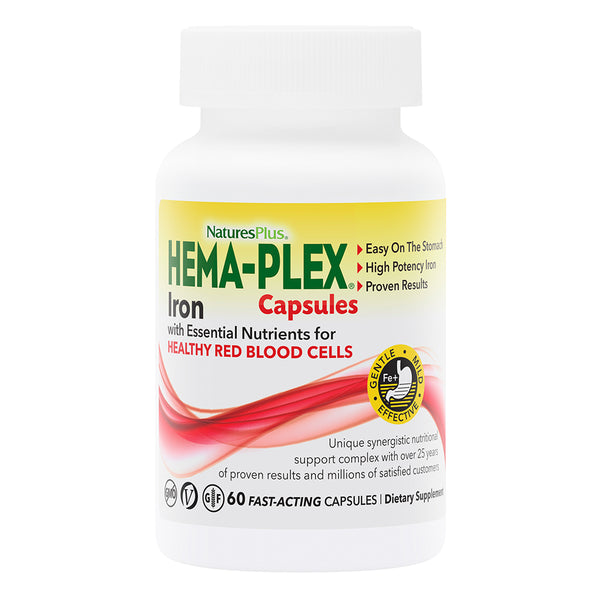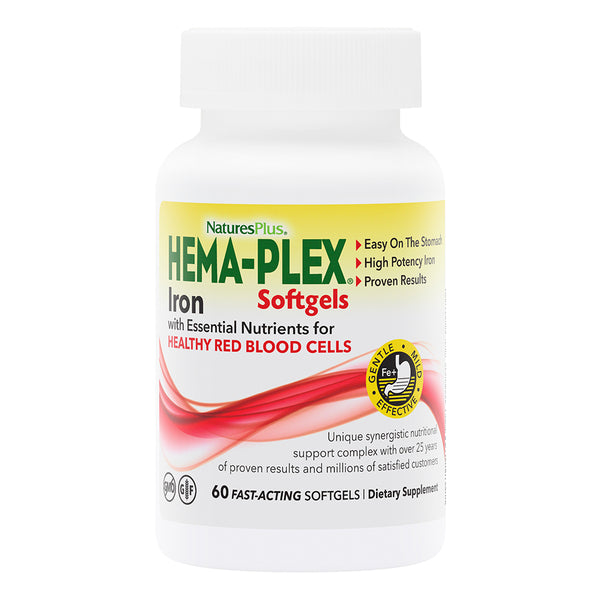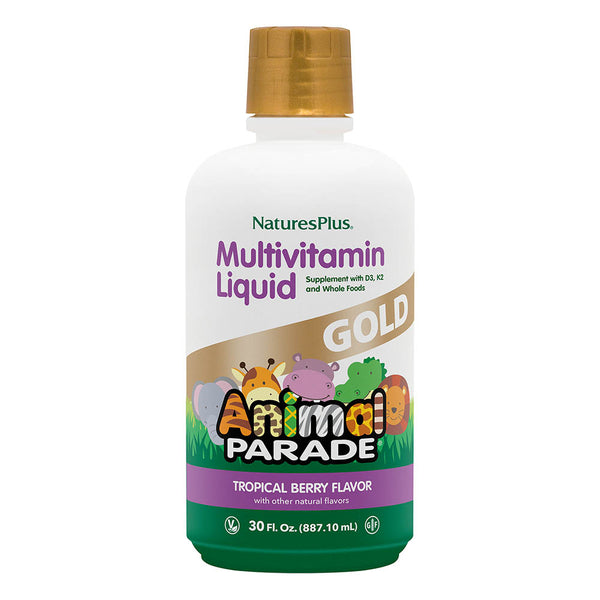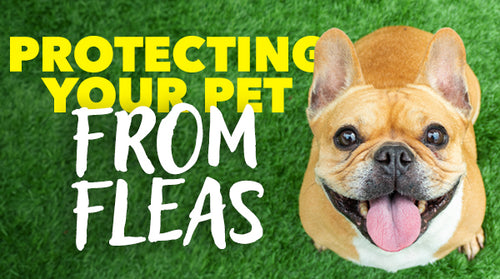Maybe your kids have been begging for a dog or you’d like to snuggle with a cat. Either way, you’ve decided to find yourself a furry companion.
Congratulations! Beyond the joy that connecting with a pet brings, adopting your new friend helps reduce the number of animals held in shelters. That’s definitely a win-win!
But this isn’t a decision to be made lightly. “When adopting, you are making a commitment to care for an animal for the rest of his life—that could mean 10 to 15 years for dogs and up to 20 years for cats,” says the ASPCA.
So before you start stocking up on pet supplies, ask yourself the following questions.
Will my lifestyle allow me to adopt a pet?
If you aren’t home a lot (such as significant time spent traveling) or if you’re in a temporary living arrangement (such as a college dorm), you have to consider the animal’s needs; is adoption a good idea at this moment?
Dogs need walking and playtime. Cats, often thought of as aloof and independent, also appreciate company.
Everyone in your household should be on board with the idea (especially if anyone suffers from allergies); you should all agree on who will be responsible for feeding, walking or litterbox cleanup, etc.
If you rent, ask if your landlord will allow you to keep a pet (and about any extra deposit that may be required).
That also means you shouldn’t think of giving someone a new puppy or kitty as a gift without a lot of thought first.
“A kitten turns into a cat,” says Jean Enright, who has been rescuing felines on New York’s Long Island for 15 years. “Don’t give cats as surprises.”
If you already have a pet, consider how the newcomer will affect your existing companion. While some animals bond quickly, you may find yourself facilitating a gradual introduction that can take up to several weeks.
What pet should I get?
That leads to a second question: What are you looking for?
“In a nutshell, dogs require more time, attention and money, but as pack animals are often much more social than cats,” says Alex Lieber of Petplace.com. “On the other hand, cats, being more independent, are easier to care for, much neater and usually cost less.”
These are just tendencies, however. Each individual animal is unique, and you will have to assess his or her personality during the pre-adoption meet-and-greet (more on that later).
One factor to consider is coat length: Long-haired animals require more grooming than short-haired ones. And if you happen to run across a hairless cat in your adoption search, be aware that these felines need regular bathing and ear cleaning to look and feel their best.
Some communities won’t allow you to keep pitbull-type dogs, which tend to have muscular bodies and blocky heads, out of the unfounded belief that they are inherently dangerous. (As the ASPCA puts it, “There are many misconceptions about these dogs, who can make amazing companions and loyal family pets.”) Check local laws.
Other canine adoption factors include size and energy level.
Could a large dog, or an extremely energetic one, be happy in the space you have available? Also consider the type of life you lead: If you’re a homebody, getting a dog that needs a lot of vigorous exercise will not be a good fit for either of you.
What’s more, “if there are young children in your home, a puppy may not be your best bet,” advises the ASPCA. “You may want to consider adopting a medium-sized dog over five months of age.”
Finally, no matter what kind of pet you get, plan for the future. As Enright puts it, “What happens to the pet if something happens to you?”
How much will adopting a pet cost?
Just about all animal adoption agencies (either public shelters or private rescue groups) charge fees that can run as much as several hundred dollars, depending on species (dogs generally cost more), breed and age.
These fees cover the agency’s upfront costs, especially veterinary expenses. (“For every cat we that we find, we spend so much money and time,” Enright notes.) Agencies may drop or waive fees under certain circumstances or through limited-time promotions; it doesn’t hurt to ask.
Be sure to find out if the fee includes spaying or neutering. These procedures make pets more pleasant to live with (reduced spraying, fighting, yowling, etc.) and prevent the birth of unwanted puppies or kittens.
All pets should be properly identified, either with a collar and tags or through microchipping, in which a small digital tag is placed under the skin.
Costs over the animal’s lifetime include not only vet bills but also food, litter (for cats), grooming (more of a dog thing) and miscellaneous supplies (such as beds, leashes, toys, etc.).
Puppies should undergo at least basic obedience training. Prices vary, and it pays to shop around. Before you balk at the expense, though, keep in mind that puppy training costs less, in terms of both money and time, than fixing the behavioral problems that may develop otherwise.
What is the pet adoption process like?
Requirements will vary from agency to agency, but many require you to fill out a form in which you not only state which animal you’re interested in but also provide information regarding your living situation and if/how many other pets you may own. Another question that may be asked regarding cats is whether or not the animal will be indoors only—cats in urban or suburban settings are much safer when not allowed outside.
After conducting an interview and/or home visit (virtually or in person), the group will arrange for you to meet your possible future companion. Ask the representative (and the person fostering the dog or cat, if applicable) about the animal’s personality and habits, including compatibility with other animals and/or children.
Signs of a friendly dog include:
- Coming up to you (or to the front of the cage) without charging; not cowering in the back
- A light, excited bark, not a deep chest bark (and definitely no growling)
- Mouth open in a grin without teeth bared
- A wagging tail held low (versus a tail held high and tight over the back)
For cats, things are a little different. “A lot of times they’re skittish, they’re shy,” says Enright, who notes that many felines are especially overwhelmed by the lights, noise and general commotion of store adoption settings. However, she adds, “People have taken these cats home and they’ve blossomed.”
Enright says that part of what you should be looking for in a cat depends on how you want to interact with the animal: Cuddler? Lap cat? Play companion for children? In all cases, however, “You want to see that the cat is healthy: bright eyes, shiny coat, breath that isn’t stinky” (a sign of dental problems).
Many potential pet parents turn to Petfinder.com the site describes itself as “an online, searchable database of animals who need homes” posted by rescue groups across North America. And while the site states that all the groups it works with “have been carefully screened by our shelter outreach staff,” it does not oversee the adoption process itself. (Another group, The Shelter Pet Project, offers a similar service.)
How should I prepare my home for a pet?
Your first step should be pet-proofing your home, especially if you are adopting a puppy or kitten. That means:
- Safeguarding cabinets or closets containing potentially hazardous household supplies
- Blocking off small spaces a tiny animal can become trapped in
- Tightly sealing garbage cans
- Not having houseplants that can make your pet sick (search “plants toxic to dogs” or “plants toxic to cats”)
- Covering exposed wires and securing small items—such as paper clips, rubber bands and toy components—that can be swallowed (string, yarn and ribbon are only acceptable at playtime under supervision)
- Avoiding window treatments that use long cords or other items an animal can become entangled in
Find a reputable veterinarian before the adoption is finalized. You don’t want to be forced into a last-minute vet search if a pet suddenly becomes ill.
Both dogs and cats appreciate comfy beds and plenty of toys, and both need food and water dishes (avoid plastic, which tends to become scratched and hard to clean). If getting a dog, you should:
- Ensure that your yard is escape-proof; check for spots where a dog could possibly dig his or her way under the fence
- Put good rugs into storage until your new friend is fully house-trained; for puppies especially, make sure you’ve built time into your schedule for potty training
- Use gates and crates to confine the dog when you’re not home until he or she shows consistently good house manners
- Agree on a vocabulary for commands; if you use “down” to get your dog off the couch, for example, use a different command if you want him or her to lie down—and make sure everyone in the family uses the same words
- Buy a strong leash; the American Kennel Club suggests also using a harness for small or short-faced dogs to avoid possible airway restriction
If getting a cat, you should:
- Install high-quality metal screens on all windows; if you can, set up a secure outdoor cat enclosure, or “catio”
- Try using double-sided tape or upside-down carpet runners on furniture to discourage scratching
- Provide plenty of alternative scratching surfaces, including a cat tree if you have the room
- Cats feel secure when they have places to hide (which explains their love of boxes); you can meet this need by providing covered beds and other hidey-holes
- Buy a sturdy litterbox large enough for the cat to turn around in; while you may prefer an enclosed model, be aware that the cat may not
How do I help my pet settle in?
Your new friend will likely need some time to become a fully established member of the family. You can make that easier by:
- Not forcing interactions at first (which includes not letting the kids mob the pet all at once) and speaking in calm, quiet tones; confine your companion to a specific room or section of your home until he or she shows signs of adapting to the household
- Placing food and water dishes (and litterboxes) in the same place all the time, once your pet has the run of the house; don’t keep moving them
- Feeding your pet what he or she had been eating for at least several days to avoid stomach upset; if you want to switch foods, do so over the course of a week
- Spending time gently handling your pet; cats may or may not want to be picked up
- Spending play time with your pet on a regular basis at a predicable time of the day; you’ll not only bond better, but you’ll have fun doing so
Like this article? You’ll love our weekly newsletter
sign up here!
**These statements have not been evaluated by the Food and Drug Administration. This product is not intended to diagnose, treat, cure or prevent any disease.









































































